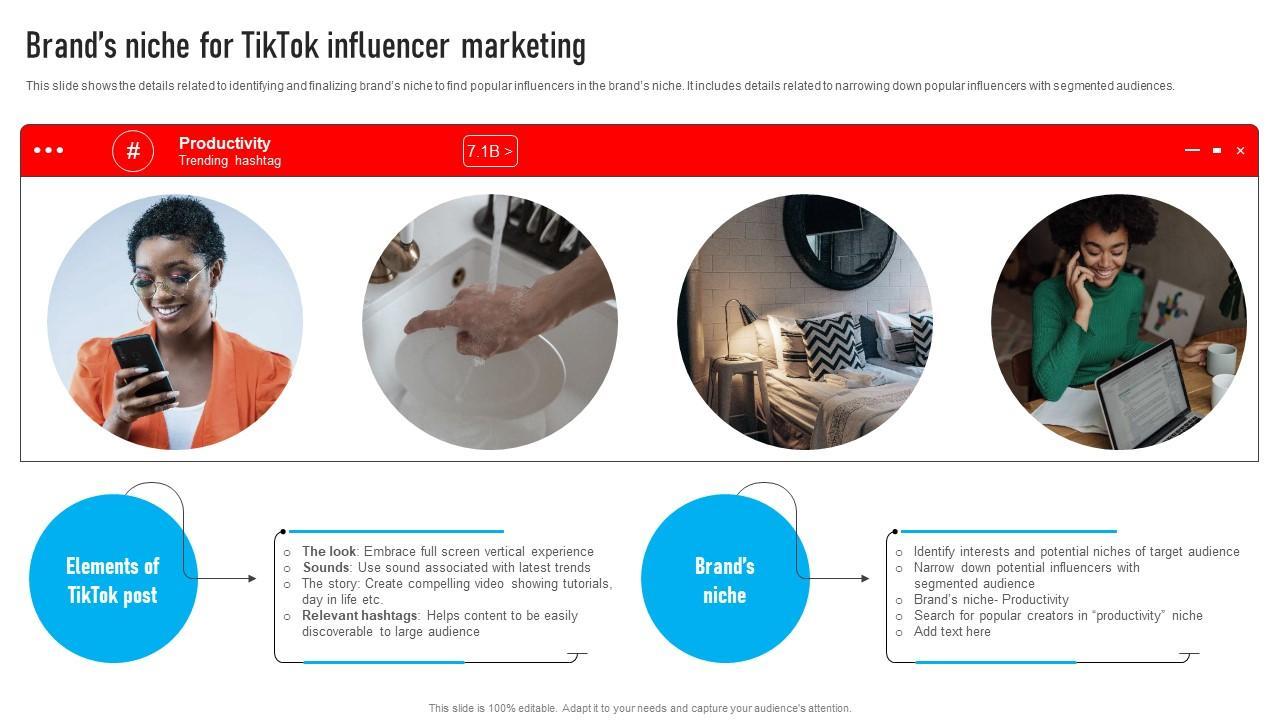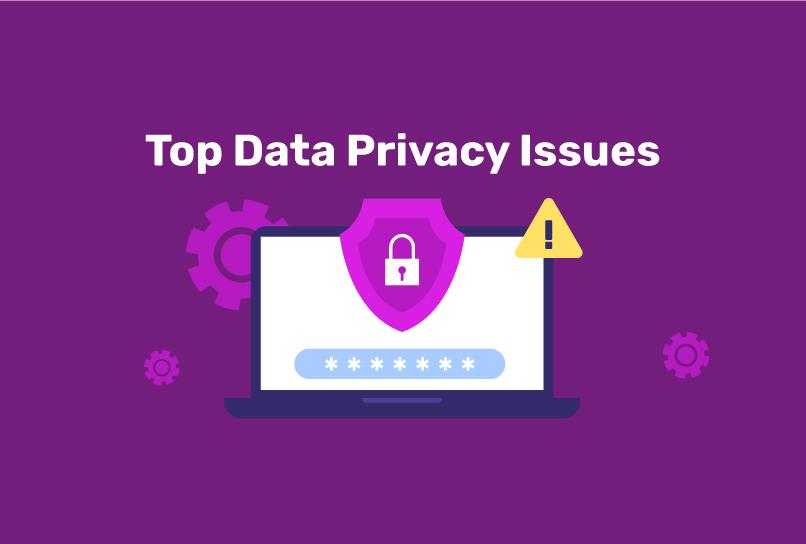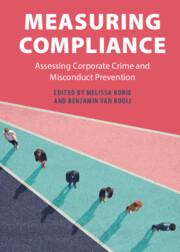
In the vibrant and ever-evolving digital marketplace, YouTube has emerged as a powerhouse platform that bridges creativity and commerce. As influencers cultivate loyal audiences and brands vie for their attention, a complex web of legality unfolds, encompassing regulations, ethical considerations, and best practices. “Navigating Legality: The YouTube Influencer Marketing Landscape” dives into this intricate terrain, exploring how content creators and companies can build authentic partnerships while adhering to the legal standards that protect consumers and uphold trust. From sponsored content disclosures to the challenges of copyright and trademarks, we unravel the essential guidelines that define influencer marketing on YouTube, empowering both influencers and brands to thrive in this dynamic environment. Join us as we chart a course thru the rules and nuances that shape this exciting intersection of innovation and legality.
Understanding Copyright and Fair Use in Influencer Collaborations
When diving into the realm of influencer collaborations on platforms like YouTube, it’s crucial to grasp the nuances of copyright law. influencers often utilize a myriad of materials—including music, images, and video clips—in their content. Unauthorized use of these elements can lead to significant legal repercussions, including takedowns and even lawsuits. Therefore, understanding who holds the rights to such content and whether one has permission to use it is imperative. Key factors to consider include:
- Ownership: Identify who owns the copyright and whether permissions have been granted.
- Licensing: Check if the content is available under any licensing agreements or if it requires purchase.
- Attribution: Determine if proper credit needs to be given to original creators.
Alongside copyright, the concept of fair use plays a pivotal role in influencer marketing.Fair use allows limited use of copyrighted material without securing permission first, primarily for purposes such as commentary, criticism, or educational use. However,this is a gray area that requires careful navigation. influencers should consider these fair use factors:
| Fair Use Factors | description |
|---|---|
| Purpose and character | Whether the use is for commercial or educational purposes. |
| Nature of the Copyrighted Work | The type of work being used (factual vs. creative). |
| Amount and Substantiality | The quantity used in relation to the whole work. |
| Effect on Market Value | Whether the use negatively impacts the original work’s market value. |
By understanding copyright and fair use, influencers can create content that adheres to legal standards while fostering creative expression.

Building Transparent Partnerships: The Importance of Disclosure
In the rapidly evolving world of influencer marketing, establishing clear and open lines of communication between brands, influencers, and audiences is paramount. Transparency not only fosters trust but also aligns with regulatory standards set forth by organizations like the Federal Trade Commission (FTC). By openly declaring sponsorships, influencers can clarify their relationship with the brand, ensuring their audience understands the nature of the content they consume. This practice not only reinforces the influencer’s credibility but also positions the brand as accountable and ethical in its marketing practices. Implementing a simple set of guidelines can promote this transparency:
- Use Clear Disclosures: Ensure that any sponsored content is labeled with clear phrases such as “ad,” “sponsored,” or “paid partnership.”
- Be Consistent: Regularly incorporate disclosures into all promotional posts to maintain a standard practice.
- Educate Influencers: Provide influencers with resources and training on how to properly disclose partnerships.
Moreover, the implications of non-disclosure can extend beyond mere penalties; they can significantly impact the brand’s image and consumer trust. To mitigate risks, brands should take proactive steps by maintaining a transparent framework for collaborations.Here’s a fast overview of some possible repercussions:
| Issue | Potential Consequence |
|---|---|
| Failing to disclose | FTC fines and penalties |
| Consumer distrust | Decreased engagement and brand loyalty |
| Negative press | Damaged reputation |

Navigating Privacy concerns: Protecting Your Content and Audience
In an era where digital footprints are more visible than ever, maintaining privacy has become paramount for both influencers and their audiences. Navigating this landscape involves a series of proactive measures, ensuring that both content and viewer data are shielded from potential threats. Here are some strategies to consider:
- Familiarize Yourself with Regulations: Understanding laws like GDPR and CCPA can definately help you comply with privacy requirements.
- Use Secure Tools: Opt for analytics and marketing tools that adhere to privacy standards, ensuring data protection for your audience.
- Promote Transparency: Clearly communicate your data collection practices to your viewers, fostering trust and goodwill.
Additionally, influencers often face dilemmas about sponsored content and its implications for audience perception. By openly discussing partnerships and sponsorships, influencers can address transparency head-on. Maintaining a balance allows you to uphold your integrity while effectively promoting products. Consider these best practices:
| Best practices | Description |
|---|---|
| disclose Sponsored Posts | Inform your audience when content is sponsored to maintain trust. |
| curate Authentic Content | Ensure that promoted products align with your personal brand and audience interests. |
| Engage Your Audience | Encourage dialog about sponsored products to foster a sense of community. |

Measuring Compliance: tools and Strategies for Legal Adherence in Marketing
In the dynamic landscape of influencer marketing on YouTube, compliance with legal regulations is crucial for maintaining credibility and trust. To ensure adherence, marketers should employ a range of tools and strategies that help streamline their compliance processes. Monitoring tools such as compliance checklists and digital auditing software can help to identify potential legal pitfalls before they become costly issues. Additionally, regular training sessions for influencers can emphasize the importance of clear disclosures and adherence to advertising guidelines set by organizations like the Federal Trade Commission (FTC).
Another effective strategy is the implementation of transparent communication practices. Utilizing clear contracts that outline expectations regarding disclosure can prevent misunderstandings between creators and brands. Moreover, brands should establish an internal compliance team dedicated to staying updated with evolving legal requirements. This team will also provide creators with a summarized overview of the necessary disclosures and compliance measures,making it easier for them to navigate regulations successfully.Consider the following table that summarizes key compliance strategies:
| Compliance Strategy | Description |
|---|---|
| Monitoring Tools | Use checklists and software to assess compliance. |
| Regular Training | Educate influencers on legal requirements. |
| Clear Contracts | Outline disclosure expectations to prevent issues. |
| Internal Compliance Team | Stay updated and provide guidance on legal changes. |
Key Takeaways
As we conclude our exploration of the intricate web of legality within the YouTube influencer marketing landscape,it’s evident that the pathways are both exciting and fraught with challenges. influencers hold the power to shape trends and consumer behavior, but this influence comes with a obligation to navigate the frequently enough murky waters of compliance and ethical integrity. Whether you are an aspiring influencer, a brand looking to collaborate, or a consumer witnessing the evolution of this vibrant ecosystem, understanding the legal implications is paramount for fostering a safe and transparent environment.
As the digital landscape continues to evolve, the importance of adhering to guidelines and regulations will only amplify. staying informed will empower all participants—influencers, brands, and audiences alike—to engage meaningfully and ethically in this dynamic space.by prioritizing transparency and responsibility, we can collectively harness the potential of influencer marketing, ensuring it thrives as a beacon of creativity and authenticity.
Ultimately,navigating legality in influencer marketing is not just about adhering to the rules; it’s about shaping a future where creativity flourishes hand in hand with accountability. the journey may be complex,but the rewards are well worth the effort. Let us move forward with awareness, respect, and a commitment to making the YouTube ecosystem as enriching and engaging as it can be.